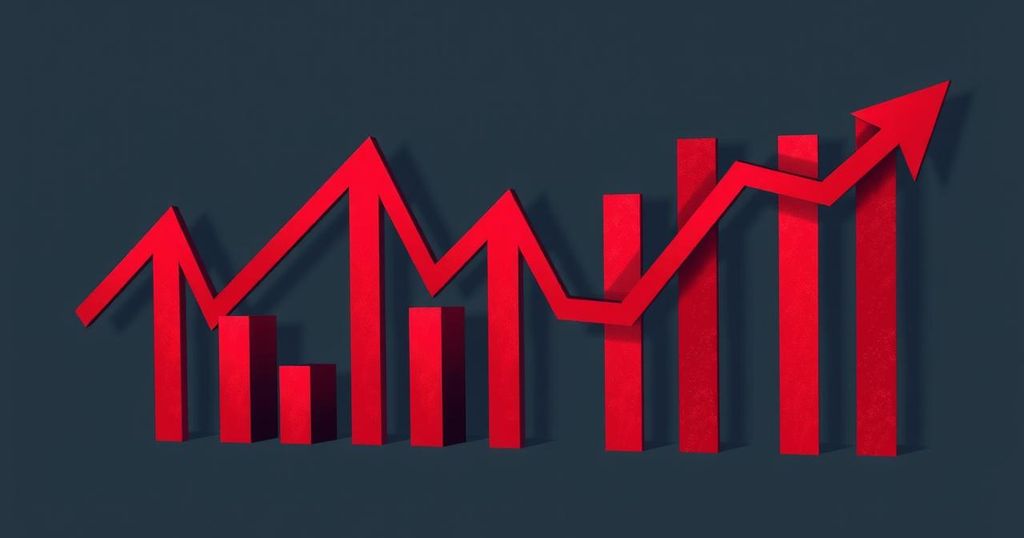On April 2, President Trump will introduce reciprocal tariffs affecting India, potentially costing $7 billion annually. This move targets India’s higher tariffs compared to the U.S. and aims to address perceived trade imbalances. Analysts warn that various Indian export sectors may experience substantial losses, prompting urgent diplomatic efforts from India to negotiate more favorable conditions as they strive for a strong bilateral trade relationship with the U.S.
On April 2, President Donald Trump announced reciprocal tariffs aimed at India, which could result in India incurring an approximate loss of $7 billion annually. Trump indicated that many nations impose significantly higher tariffs on U.S. goods compared to what the U.S. charges them, calling it an unfair system. Notably, Trump cited India’s auto tariffs, which can exceed 100 percent, as a prime example of this disparity.
Currently, Canada, Mexico, and China are already facing U.S. tariffs, while India has escaped such measures until now. However, the impending implementation of reciprocal tariffs targets all countries, including India, effective from April 2. Analysts project that these tariffs may escalate tensions in various Indian export sectors, especially in automobiles and agriculture.
Economic analysts, including those from Citi Research, anticipate that India’s annual export losses could be about $7 billion due to these tariffs. The sectors projected to be hit hardest include chemicals, metals, and jewellery. With a weighted average tariff of approximately 11% in India, this contrasts starkly with U.S. tariffs on Indian imports, which are significantly lower.
Furthermore, India’s merchandise exports to the United States, valued at nearly $74 billion for 2024, consist of significant amounts from several sectors such as pharmaceuticals and petrochemicals. If reciprocal tariffs are enacted, it could lead to a notable decline in India’s exports to the U.S., with projections estimating a loss of up to $2 billion to $7 billion by fiscal year 2026.
In ongoing efforts to mitigate these proposed tariffs, Indian Trade Minister Piyush Goyal urgently travelled to the United States to seek clarity on the situation and negotiate possible concessions. Discussions may revolve around tariff reductions on industrial products, while India is likely to resist cuts on agricultural tariffs to protect domestic farmers.
As bilateral discussions progress, there remains hope that these negotiations could avert the imposition of tariffs that may commence on April 2. Both nations aim to enhance trade relations, with the goal of achieving a two-way trade target of $500 billion by 2030, as outlined during Prime Minister Narendra Modi’s recent visit to Washington.
In summary, President Trump’s announcement about reciprocal tariffs poses significant risks for India’s economy, particularly in various export sectors. The projected annual loss of $7 billion highlights the implications of higher tariffs on U.S.- India trade relations. Minister Piyush Goyal’s immediate diplomatic engagement underscores India’s proactive measures to navigate this challenging landscape while seeking to protect vital domestic industries.
Original Source: m.economictimes.com




